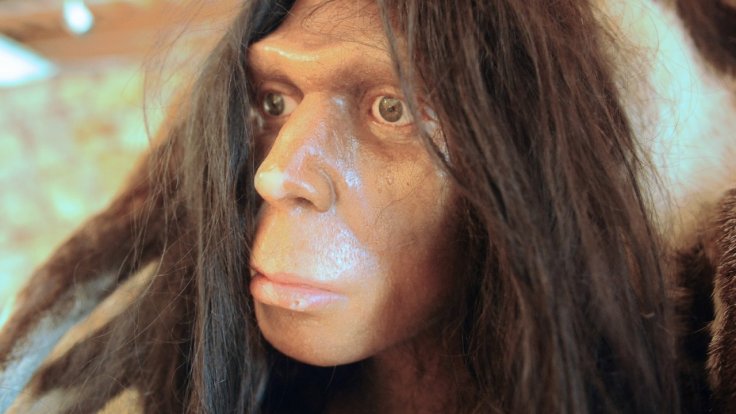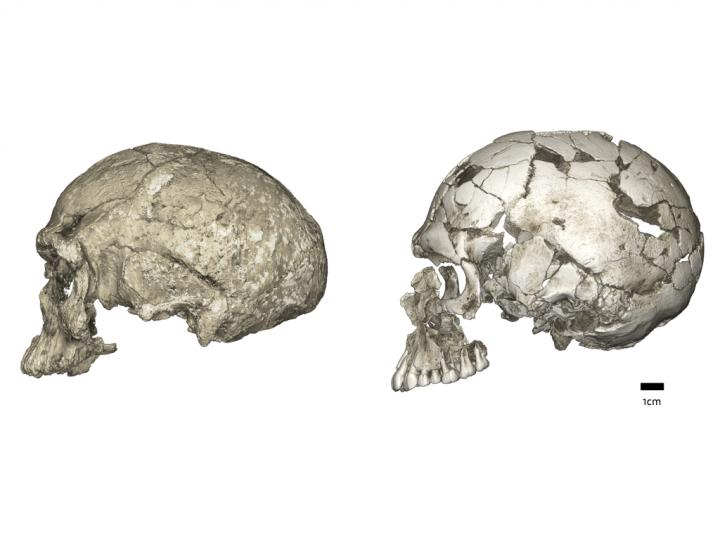
While some people indicate the stories of Adam and Eve, the great flood and Noah, to describe how humans started their journey in this world, many scholars claimed that almost 300,000-years-ago, the Homo sapiens were originated in Africa. But, a new study claimed something different about the origin of human species.
The new research, which was published in the journalTrends in Ecology & Evolution, stated that the early ancestors did not belong to a particular place, as they were scattered across the entire African region.
The study was done by a group of researchers, who were led by an archaeologist from the University of Oxford, Eleanor Scerri and the other researcher from Institute for the Science of Human History, Max Planck. Their findings have clearly stated that since the beginning of the human race, this species was physically and culturally diverse.
To understand the evolution of modern human, the research team reconstructed Africa's past climate by combining approaches from various disciplines, archaeology, genetics and anthropology.
Later, the results showed that when the modern humans emerged as a species, the Homo sapiens not only scattered across Africa but barriers such as forests and deserts, kept them apart. Even though the changing climate at that time, pressurised the species to migrate from one place to another, it also became an opportunity to create some contacts.

Since the new model on the evolution of the modern human race has a clear explanation on available genetic, fossil and archaeological evidence, as per the researchers it can explain why 300,000-year-old human bone fossils vary significantly. The model has also solved the mystery of different features in different places at different time.
Scerri said in a statement that in the available fossil record "we see a mosaic-like, continental-wide trend toward the modern human form and the fact that these features appear at different places at different times tells us that these populations were not well connected."
"Stone tools and other artifacts—usually referred to as material culture—have remarkably clustered distributions in space and through time. While there is a continental-wide trend toward more sophisticated material culture, this 'modernization' clearly doesn't originate in one region or occur at one time period," he added.
A geneticist from University College London and co-author of the study, Mark Thomas claimed that after analysing the genetic data "we see in living Africans, and in the DNA extracted from the bones of Africans who lived over the last 10,000 years, with there being one ancestral human population. We see indications of reduced connectivity very deep in the past, some very old genetic lineages, and levels of overall diversity that a single population would struggle to maintain."
As per the biological evidence, all the living creature including humans have a common ancestor. But when it comes to the evolution of modern humans, the scientists now have solid evidence to claim that the evolution of the modern human race is a multiregional, multiethnic and multicultural phenomenon.









